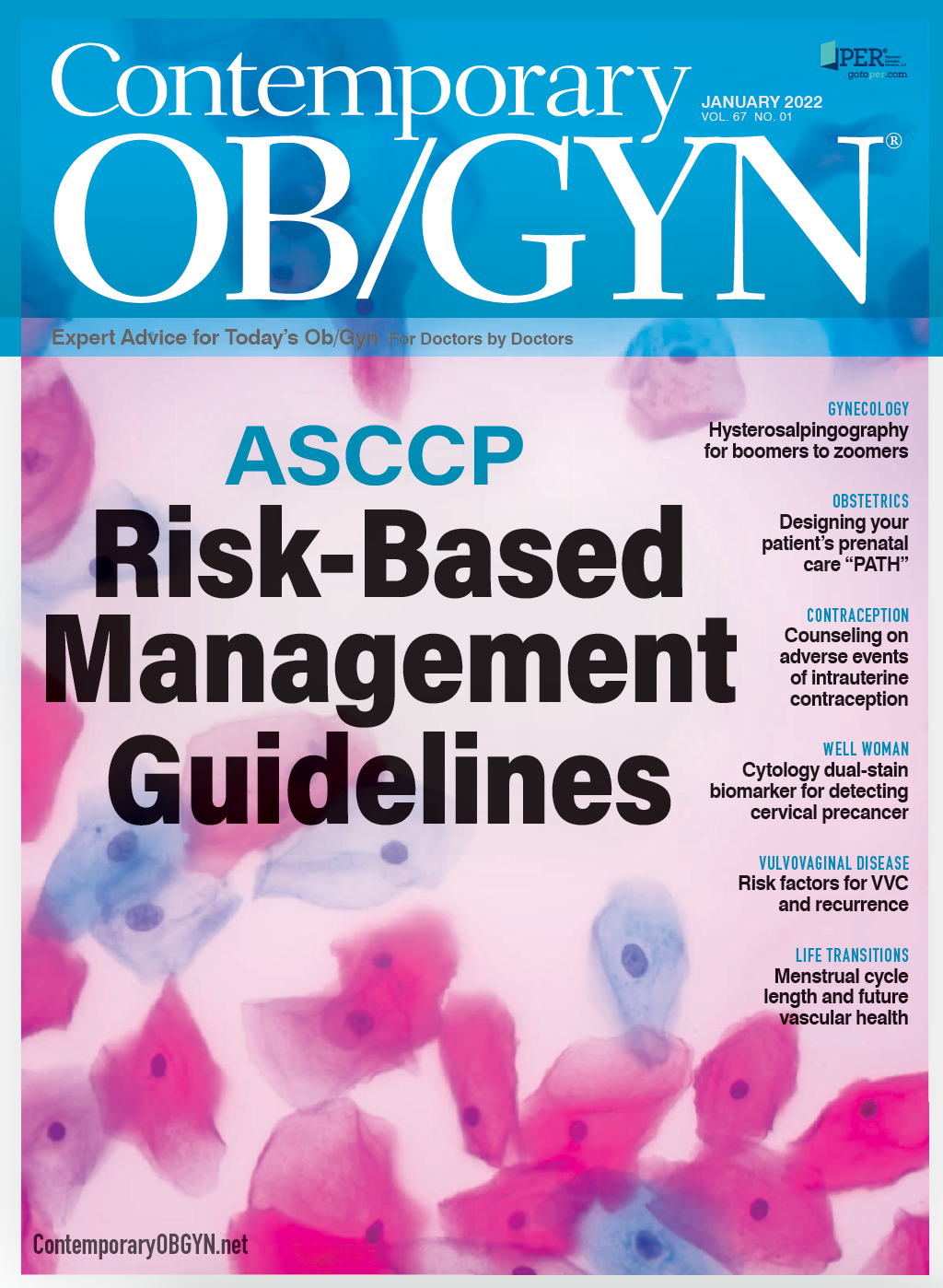New risk factors for vulvovaginal candidiasis and recurrence
A study in the European Journal of Clinical Microbiology & Infectious Diseases has identified 2 new risk factors for vulvovaginal candidiasis (VVC)—frequency of indigestion of milk and dairy products, and changes in bowel habits.
The Brazilian study comprised 278 women attending gynecology outpatient clinics in Brasília, Brazil. The mean patient age was 37.4 years, with 59.6% of the cohort between the ages of 26 and 40. Overall, 61.3% of subjects were married and 38.7% single.
The women were divided into either the symptomatic (n=173) or asymptomatic (n=105) group for VVC. Patients in the symptomatic group had at least 1 vulvovaginitis symptom, such as discharge, itching, burning, initial dyspareunia, dysuria, or malodor.
However, only 50.3% of symptomatic women described these concomitant symptoms, for a positive predictive value of 67.8%.
“The presence of symptoms has low positive predictive value for the diagnosis of candidiasis, even when considering the classic triad of symptoms,” wrote the authors.
Collected vaginal discharge samples were identified by using phenotypic and presumptive methods and confirmed by matrix-assisted laser desorption ionization (MALDI), followed by detection in a time-of-flight (TOF) analyzer.
The study found a statistical correlation between candidiasis and dairy products, gut transit, contraceptive use, respiratory allergy, and daily panty liners.
For dairy products, a peak of lactase expression in the small intestine villi at birth occurs, according to the authors. This expression decreases with age, thus reducing the absorption of lactose and may become fermented, producing H2, CO2 and methane (CH4), and short-chain fatty acids, which alter intestinal function.
The deficiency in lactose absorption might induce the growth of yeasts, with interference in the vaginal microbiota (VMB).
The authors noted, however, that panty liners cannot definitely be confirmed as a risk factor for VVC because women with VVC may be more likely to use panty liners due to the presence of abundant secretion.
After Candida species analysis and confirmation, 80.9% of study patients had Candida albicans (C. albicans), 15.2% had non-albicans, 1% had Rhodotorula mucilaginosa, and 1.9% had unidentified species.
In recurrence, the prevalence was 66.7% for C. albicans and 33.3% for non-albicans.
The authors noted that laboratory diagnosis of VVC is needed for treatment based on the identification of the Candida species because non-albicans species are present in many of these infections, some of which have intrinsic or acquired resistance to azoles, rendering this therapy ineffective against those pathogens.
Diagnosis is also needed to rule out the presence of another non-Candida vaginitis, which shares the same classic symptoms of VVC.
Risk factors for VVC are relevant to diagnosis, according to the authors, and may be linked to the presence of vaginal and/or intestinal dysbiosis. Furthermore, the inclusion of these risk factors can add information to the clinical anamnesis, particularly patients who have the recurrent form of candidiasis.
Both VVC and its recurrent form cause severe discomfort, thus limiting quality of life, including impacting mental health and sexual life.
“Laboratory identification of yeast species is essential for correct treatment, preventing the resistance to antifungals and the high recurrence,” wrote the authors.
__
Reference
- Pereira LC, Correia AF, da Silva ZDL, et al. Vulvovaginal candidiasis and current perspectives: new risk factors and laboratory diagnosis by using MALDI TOF for identifying species in primary infection and recurrence. Eur J Clin Microbiol Infect Dis. 2021; 40(8):1681-1693. doi:10.1007/s10096-021-04199-1

Current treatments for recurrent bacterial vaginosis leave many patients dissatisfied
February 28th 2025A new study presented at ISSWSH highlights patient dissatisfaction with current treatments for recurrent bacterial vaginosis, emphasizing the need for more effective therapies and improved provider communication.
Read More
Dequalinium chloride found noninferior to metronidazole for BV treatment
May 9th 2024Explore how dequalinium chloride stands as a promising alternative to metronidazole in treating bacterial vaginosis, offering comparable efficacy, safety, and tolerability, as revealed by a recent noninferiority trial.
Read More
